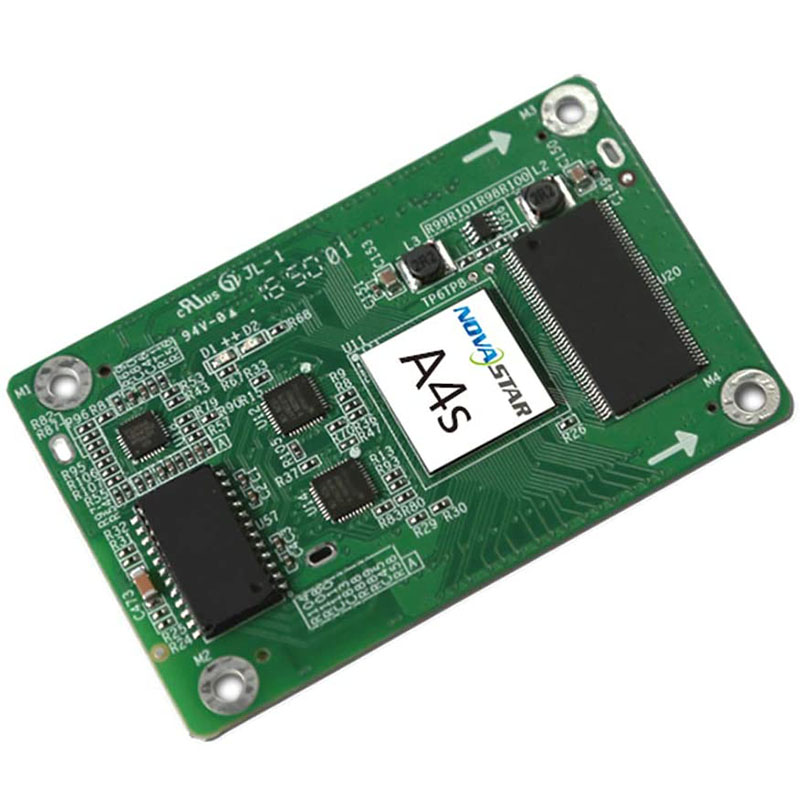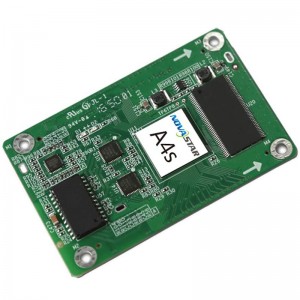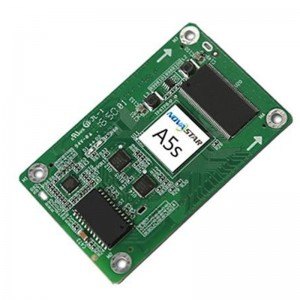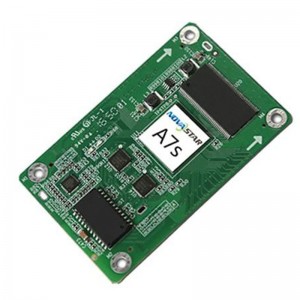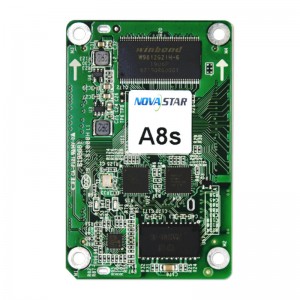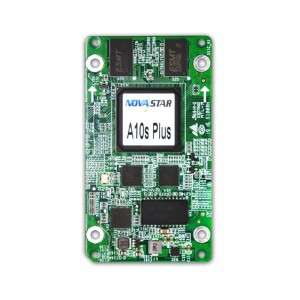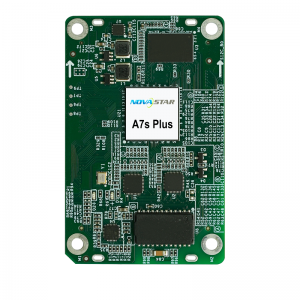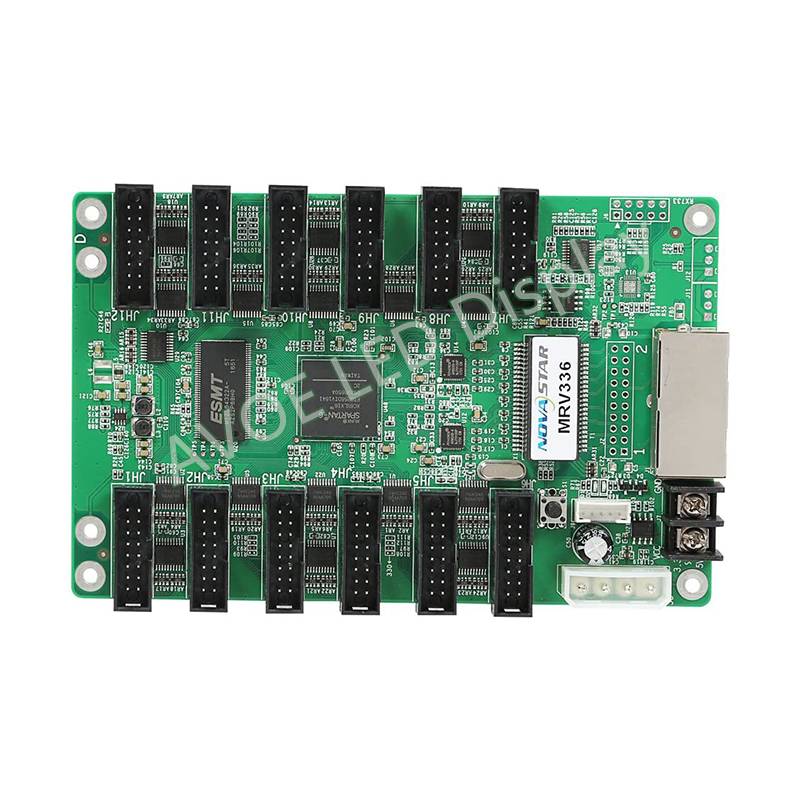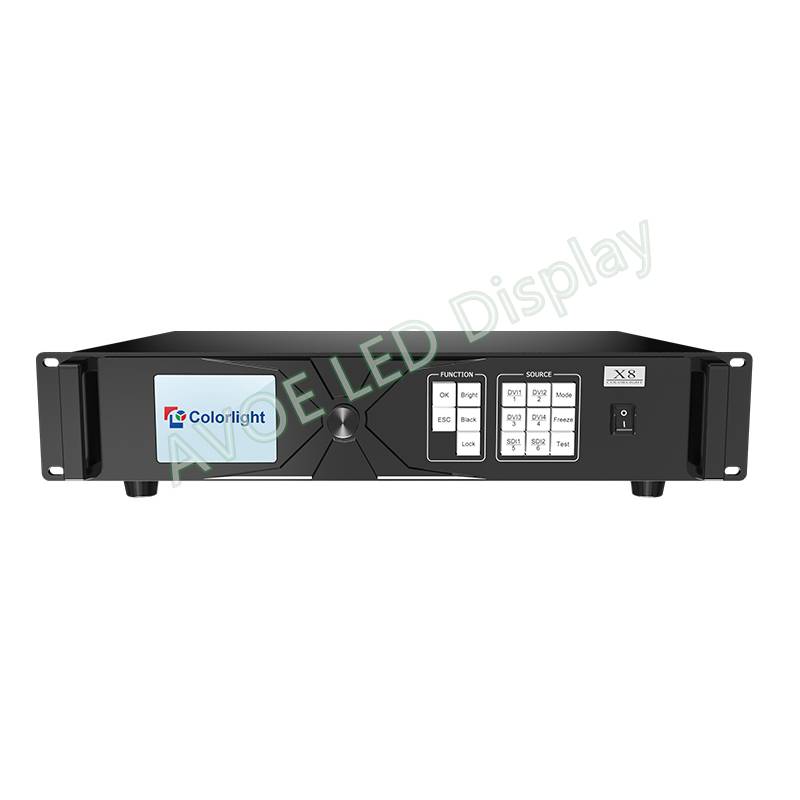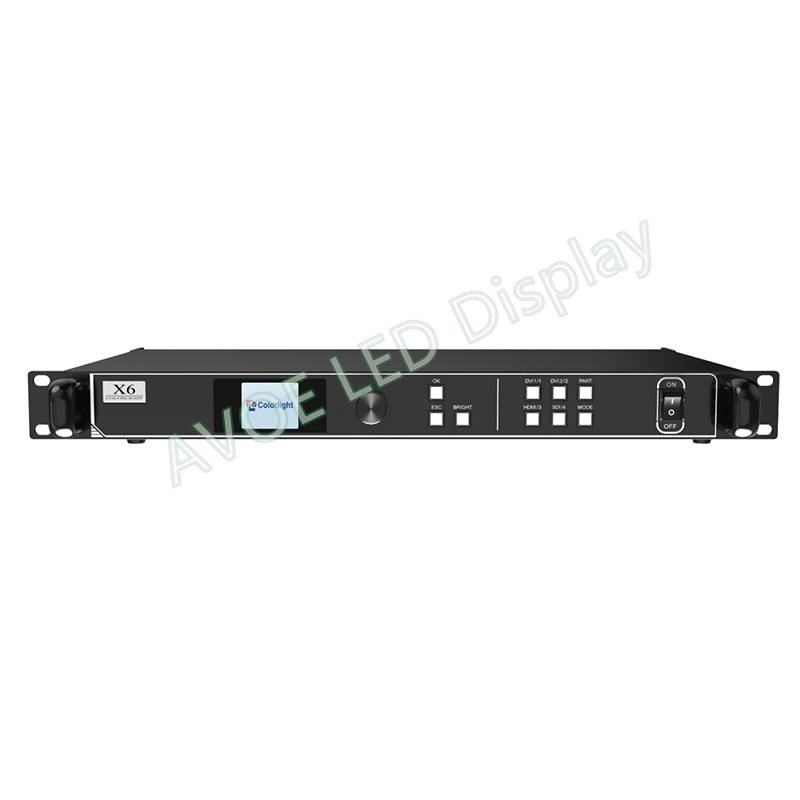Armor Series Receiving Card
Next-generation 22bit+ technology allows for 64 times dynamic contrast improvement, with 0.001nits precision control of brightness, providing a fine and vivid display image even in low brightness conditions.
Precise Grayscale for driver IC using professional optical instruments allows for a more accurate, and natural image, improving color casting in low brightness conditions
Intelligent color management allows for a perfect match between the display’s color gamut and that of the source video. This eliminates color deviation, especially the common issue with reddish skin color. This adherence to the original intended color allows the natural beauty of the original source video to shine.
Working with the independent controller which supports the HDR function, the receiving card can reproduce the original brightness range and color space of the video source, allowing for a more lifelike image.
Working with the independent controller which supports the HDR function, the receiving card can reproduce the original brightness range and color space of the video source, allowing for a more lifelike image.
Automatic module calibration
After a new module with flash memory is installed to replace the old one, the calibration coefficients stored in the flash memory can be automatically uploaded to the receiving card when it is powered on.
Dual backup of calibration coefficients
The calibration coefficients are stored in the application area and factory area of the receiving card at the same time. Users usually use the calibration coefficients in the application area. If necessary, users can restore the calibration coefficients in the factory area to the application area.
Configuration file settings can be restored with one key press
The RCFG configuration file can be restored to factory settings with the press of a single key, restoring the cabinet to its original configuration. With this feature, clients no longer need to make a phone call to request configuration files.
One-key firmware copy
Armor cards have the capability to automatically learn the firmware. This allows an Armor card to copy the firmware from any operational receiving card, an extremely convenient feature
Dual-card backup
With its small form factor, Armor makes dual-card backup easy. The same space that would be occupied by a single card can be utilized by two Armor receiving cards to achieve dual-card backup. Even if one of the cards fails, the display will remain normal.
Smart Module
Monitor screen status without a monitoring card.
A microprocessor (MCU) is added on each module to receive information including module temperature and voltage, pixel error detection, and calibration coefficient.
|
|
A5s Plus |
A7s Plus |
A8s-N |
A10s Plus-N |
|
Loading capacity |
512×384 |
512×512 |
512×384 |
512×512 |
|
Parallel RGB data groups |
32 |
32 |
32 |
32 |
|
Serial data groups |
64 |
64 |
64 |
64 |
|
HDR |
× |
× |
√ |
√ |
|
Mapping |
√ |
√ |
√ |
√ |
|
Temperature, voltage and communication status monitoring |
√ |
√ |
√ |
√ |
|
Dual-card backup |
√ |
√ |
√ |
√ |
|
Automatic calibration |
√ |
√ |
√ |
√ |
|
Pixel level brightness and chroma calibration |
√ |
√ |
√ |
√ |
|
Calibration coefficient backup |
× |
× |
√ |
√ |
|
Firmware program readback |
√ |
√ |
√ |
√ |
|
Individual gamma adjustment for RGB |
√ |
√ |
√ |
√ |
|
18bit+ |
√ |
√ |
√ |
√ |
|
22bit+ |
× |
× |
√ |
√ |
|
Precise Grayscale |
× |
× |
√ |
√ |
|
Color Management |
√ |
√ |
√ |
√ |

